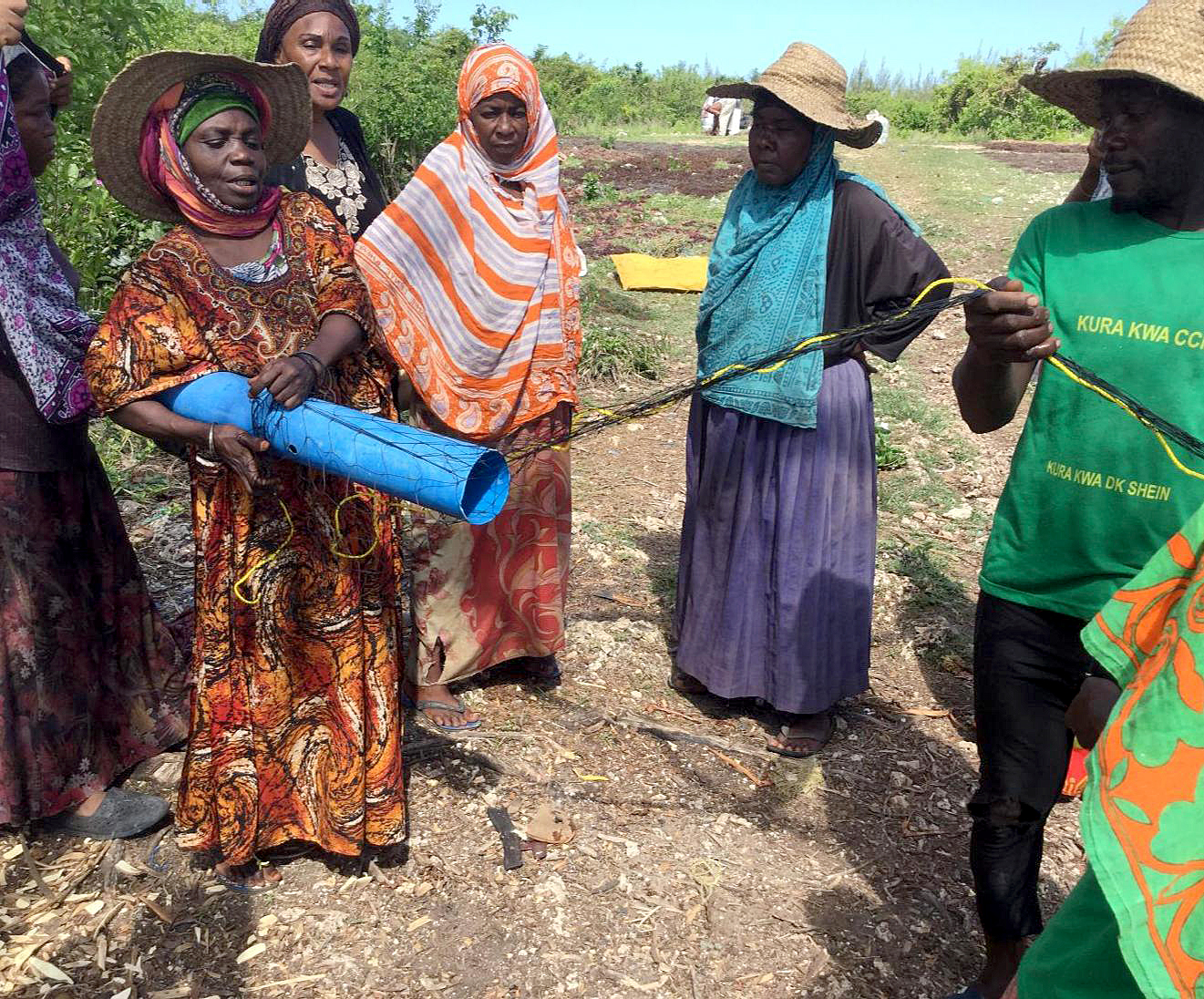A robust business model considering the entire cocoa value chain
While the Nature-based Solution intervention focussed on changing land-uses towards good agricultural and manufacturing practices for cocoa agroforestry systems in the Lachuá Ecoregion, the project placed emphasis on developing strategies that cover the full cocoa value chain. This included production, processing, marketing, organisational capacities of local farmers and associations, support and involvement of technical assistance and services from key organisations as well as increased access to public and private funding mechanisms and investments. A financial and economic analysis was carried out as part of the project to develop a comprehensive business model for cocoa cultivation by community associations and Fundalachuá. The innovative business model relied on the creation of capacities and human capital for good agricultural and manufacturing practices, without large capital investments, infrastructure, equipment or supplies. Good governance and access to financing was ensured through producer associations, including first level organisations for storage and transport of products and second level organisations for marketing and technical assistance services to producers, including supporting the negotiation with international markets interested in high quality product.
Besides the agricultural sector, tourism and private sectors were involved throughout the project to facilitate the mainstreaming of good practices into business models. Actions at local level ensured tailored approaches to local circumstances, while actions at national level contributed to the mainstreaming of organisational and technical capacities across the region. Further, the National Strategy for the Cocoa Agro-chain positioned the cocoa produced in the international market value chain.
The development of a robust and agreed business model in partnership with relevant actors, not only secured the sustainability of the intervention, but also created new opportunities to enter national and international markets. It promoted traditional productive activity in the region through a paradigm shift in the way crops are managed (pruning, fertilisation, shade, etc.) and in how added value is created (grain fermentation and quality management). Due to the improved quality of the cocoa, it was possible to increase the price from USD 2.28 to USD 4.50 per kg. The business model created at least 315 permanent jobs (an increase by 289 percent in comparison to the baseline) and increased the average daily income per capita by 342 percent. It served as a source of guidance on what, how and when to produce, how to sell the product and how to finance activities. Besides business plans for increasing market access for cocoa products, the project also supported the identification of other sources of income, including through tourism.
